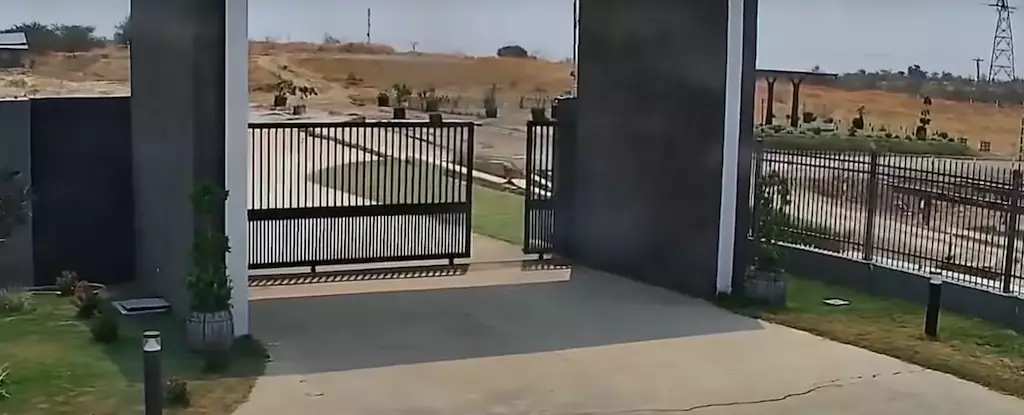In a world where the unpredictable often unfolds under the cloak of normalcy, the devastating earthquake that struck Myanmar on March 28, 2025, showcased nature’s raw power in a manner rarely witnessed. As a magnitude 7.7 quake ripped through the earth, it not only took the lives of more than 3,700 people but also exposed the fragility of human existence against the unforgiving forces of geology. The event, carrying the heavy weight of sorrow and destruction, has served as a stark reminder of the precarious relationship between humanity and the natural environment.
The moment the seismological upheaval was captured on security cameras adds a haunting layer to an already tragic narrative. Seeing the Earth’s crust crack open in real time is chilling; it sends a shiver down the spine as the ground shifts and warps underfoot. While reading about seismic statistics can inspire curiosity or concern, witnessing the instantaneous chaos of such a rupture transcends all traditional responses, forcing one to confront the vulnerable tapestry of life that can emerge from such disasters.
Scientific Marvels Amidst Human Tragedy
This quake echoed through the annals of geological history, marking itself as the most powerful seismic event in Myanmar since 1912 and competing for the title of the deadliest in the nation’s chronicles. Flooded with data and analysis, scientists have already begun dissecting the event to glean insights into its unusual, supershear nature and the unique parameters that led to such catastrophic consequences. Rick Aster, a geophysicist at Colorado State University, expressed the gravity of the footage, recognizing it as possibly the best video of a surface rupture ever recorded.
The implications of this earthquake stretched beyond immediate devastation and into the realms of urban planning and disaster preparedness. The Sagaing Fault, long known for its seismic activity, runs dangerously close to highly populated areas, raising red flags for future urban development. For communities like Mandalay, the specter of future quakes looms large, demanding a reevaluation of safety protocols and infrastructural resilience. A critical review indicates that policymakers must prioritize seismic safety amidst burgeoning urban landscapes; ignoring this can perpetuate a cycle of ignoring long-acknowledged risks.
Environmental Consequences and Human Cost
The aftershocks of the Myanmar quake, both literal and metaphorical, ripple through cities and communities. While our hearts ache imaginably for those lost and injured, it is equally essential to consider the environment’s suffering. Earthquakes can cause potentially irreparable damage to ecosystems, affecting flora and fauna as well as human life. The paste of silt may cover once-thriving landscapes, while underground waterways shift in response, creating long-term challenges for recovery.
Moreover, the cascading risks articulated by civil engineer Khan Shahzada and his team in a poignant paper highlight the far-reaching impacts of seismic events beyond immediate physical damage. With urban centers like Bangkok experiencing structural failures due to high soil saturation, the earthquake’s aftermath may raise alarm bells about interconnected vulnerabilities across borders. It’s a concern that transcends national boundaries, calling for international cooperation in risk management and emergency response.
Rethinking Preparedness in the Face of Uncertainty
In an age framed by technological advancements, we often bask in the belief that we can conquer nature—a misguided notion, as both this catastrophic event and its consequences illustrate. Earthquakes defy predictions, transcending the capabilities of our algorithms and scientific reasoning. The challenge, therefore, lies not in questioning whether we can prevent such disasters, but rather how we will respond and adapt in their aftermath.
The 2025 earthquake serves as a reminder that while we cannot control natural disasters, we can control our approach to preparation and response. This pressing need compels societies to foster resilience, invest in critical infrastructure, and strive for better predictive models and disaster readiness protocols. Our collective conscience must awaken to the reality that preparedness eliminates further suffering and saves lives.
As we reflect on such tragedies, the haunting footage continues to evoke a wide spectrum of emotions. Ultimately, it forces us to confront a fundamental truth—when nature decides to unleash its fury, humankind stands as both witness and victim, caught in the whirlwind of an awe-inspiring and terrifying world.


Leave a Reply